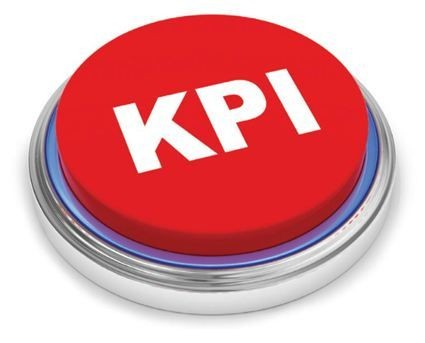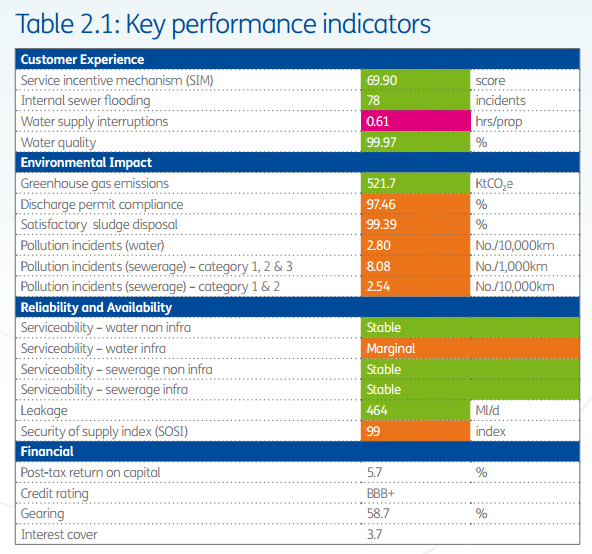Key Performance Indicator
Post on: 25 Апрель, 2015 No Comment

Use this Key Performance Indicator to Monitor Cash Inflows
As the economy continues to struggle and credit remains somewhat tight, managing your cash flows is taking on greater, if not, critical importance in survival of your business. Managing cash flow in your business is an important activity to ensure that you are generating more cash than you are paying out and thus avoiding taking on too much debt to finance your operations.
One of the first steps to maximizing your cash flow is to clearly understand how cash is generated in your business and then identify areas where you may be able to improve your cash conversion cycle. The main sources of cash inflows in a business are the sale of goods and services, investment and lenders. Your business may acquire cash through investment in the business or from loans and lines of credit. However, the largest source will be from sales. To be successful in your business, you must ensure that those sales are converted to cash as quickly as possible to accelerate cash flow into your company.
The ways in which sales are converted to cash may depend, in part, on the type of business that your company is engaged. A business to business (B2B) relationship will have to make some different decisions when compared to a business to consumer (B2C) relationship. The main difference is that a B2B will almost always be forced to extend credit on account, where the B2C will not unless it chooses. The B2C company also has the luxury of relying on credit card companies to absorb some of their credit risk.
A business can never completely eliminate credit risk, but building a good credit and collection policy will help to minimize this risk. Once you establish a good credit and collection policy it is important that you adhere to it and monitor it. There are some very good articles written to assist you in setting up a good credit and collection policy so we will not go into that here. Once you have policies in place you must monitor your results closely.
One key performance indicator (KPI) that will help you to monitor your cash inflows from credit sales is called Days Sales Outstanding or DSO. The DSO will indicate the average number of days it takes the business to convert credit sales to cash. The formula to calculate your DSO is as follows:
Total Outstanding Account Receivable divided by Total Credit Sales for the period being analyzed. Next, multiply that by the number of days in the period being analyzed to arrive at your DSO.
A higher DSO will indicate that you have a potential problem in collections and a lower number will indicate that you are converting sales into cash effectively. Here is an example for illustration: Assume total receivables of $1,100,000 and sales of $5,365,000 and a period analyzed of one year. Your DSO would be 75 days which says that it is taking 75 days, on average, to turn your credit sales into cash.
Over time, businesses monitor their DSO to detect changes that may be adversely affecting their cash flow. As you review your own DSO’s, you should look for trends either up or down. A good trend is a declining DSO while an increasing trend is troubling for your business. For example, if your business sells on account at net 30 days and your DSO’s are at 75 days, this suggests there is a problem in your credit and collection activities and action should be taken. Furthermore, if you are required to pay your own bills within 30 days, it will become a much larger problem for your business as this gap widens.

If your DSO’s are trending up, there are a few areas to investigate and questions to ask.
- Is the credit and collection policy being implemented and adhered to consistently?
- Are you ensuring that customers establish their creditworthiness by performing credit checks or keeping limits lower until they prove they are creditworthy?
- Are you billing customers in a timely manner?
- Are you using an aging schedule and tracking past due accounts closely?
- Are there certain slow paying customers that are contributing to the trend and are you sending dunning letters or contacting them to follow up on past due invoices?
- Are you following up with past due accounts to ensure that the shipment was received and correct?
- Is the economy changing and having an adverse effect on customers’ ability to pay?
By answering these questions, you will be able to assess the reason for adverse trends in your DSO’s and formulate actions to improve the situation and ultimately improve your cash inflows. Take steps to improve your cash inflows, it could be the difference being in business or being out of business.
Written by admin
3A%2F%2F0.gravatar.com%2Favatar%2Fad516503a11cd5ca435acc9bb6523536%3Fs%3D80&r=G /%














